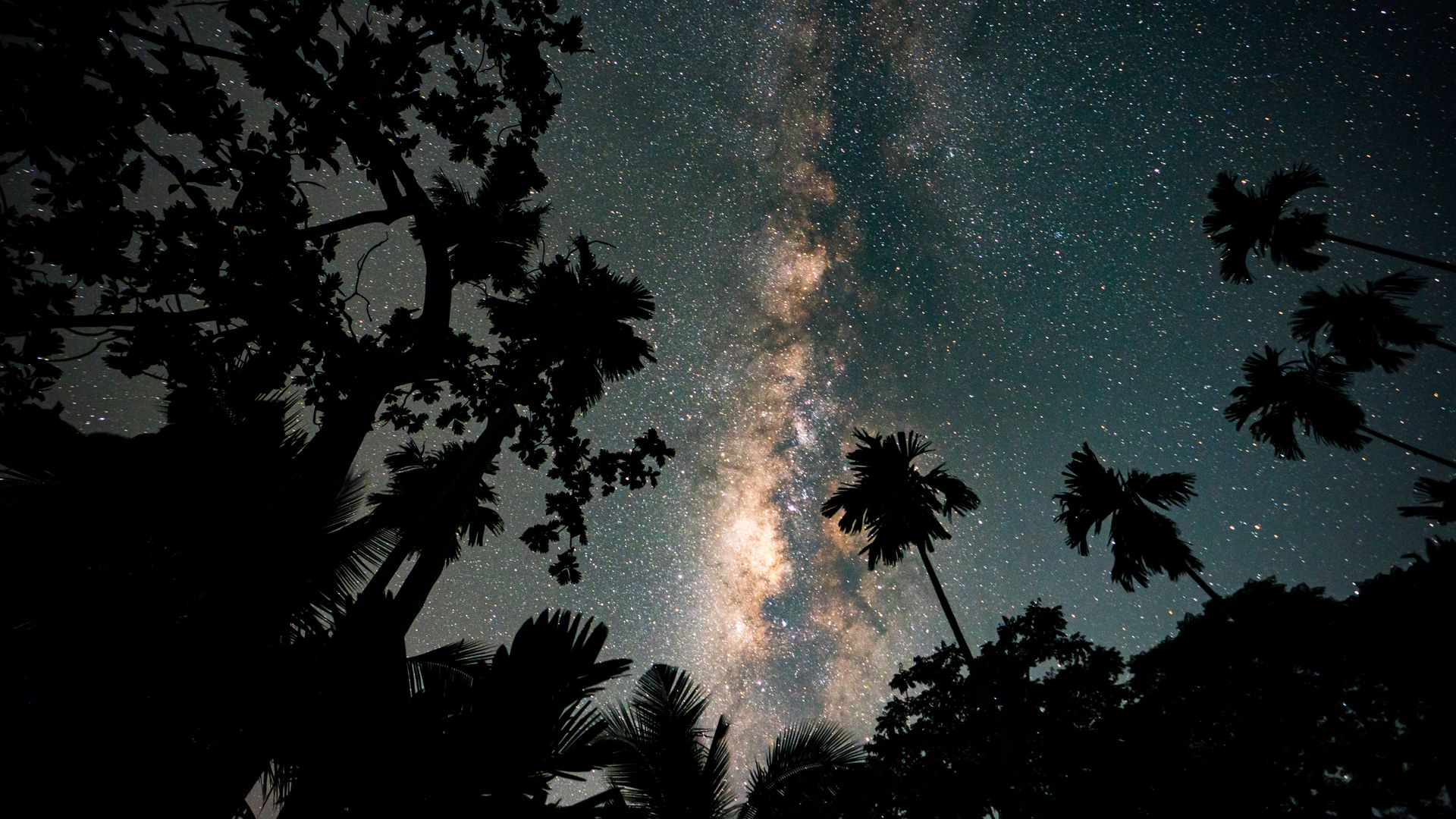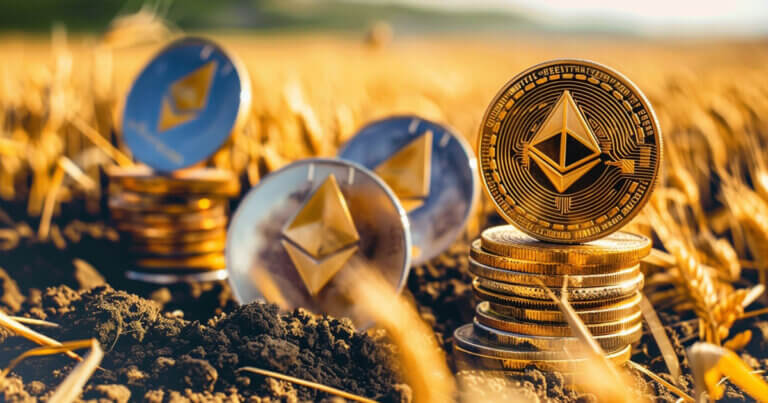July is a good month for stargazing, with meteor showers kicking off above our heads and the moon sitting near Saturn, Uranus, the Pleiades, Jupiter and Mars.
Although the meteor showers won’t peak until the end of the month or later, the Delta Aquariids shower should start being visible over the weekend.
Meteor spotting
The Delta Aquariids shower kicks off the summer’s meteor action. It’ll peak around 30 July but should become visible on 12 July, according to Royal Observatory Greenwich.
A meteor shower occurs when the Earth passes through a stream of debris left behind by a comet. In the case of the Delta Aquariids, the comet responsible for the shower has been disputed, although it is now thought to be a sungrazer called Comet 96P/Machholz.
It’s around four miles wide and takes just over five years to orbit the sun, says the Royal Observatory.
As it gets heated by the sun during its orbit, ice in the comet vaporises and loosens small bits of rock and dust which forms the stream of debris that produces the Delta Aquariids meteor shower.
Two NASA astronauts are stuck on the ISS – how stranded are they?
Europe’s newest rocket Ariane 6 blasts off in ‘historic’ maiden voyage
Ariane 6 launch live: Watch after Europe’s newest rocket blasts off for first time
When that debris hits our atmosphere, it burns up, leaving the glowing trails we see in the sky.
Later in the month, the spectacular Perseids shower should start putting on a show.
Visible from 17 July, NASA describes it as the “best meteor shower of the year”.
Read more from Sky News:
How motherhood changes your biology forever
Pregnant women urged to get vaccine as nine young babies die
Samsung’s smart ring can track sleep, movement and periods
Throughout the shower, keep an eye out for the “long “wakes” of light and colour behind them,” says the space agency.
There can be between 50 and 100 meteors seen an hour at the peak, which will occur on 12-13 August.
Spotting all of this depends on the weather of course, which looks like a mixed bag for the month.
Read the weather forecast for July here.
The moon and planets
The moon is taking a “a whistle-stop tour” past some of the “night sky icons” this month, according to Royal Observatory Greenwich.
You should be able to spot Saturn near the moon on 24 July.
Keep up with all the latest news from the UK and around the world by following Sky News
Be the first to get Breaking News
Install the Sky News app for free
Just after midnight on 30 July, Uranus and Pleiades, a cluster of young blue stars, will be just above the moon. Looking slightly to the left, you’ll then spot Mars and Jupiter just above the horizon.









